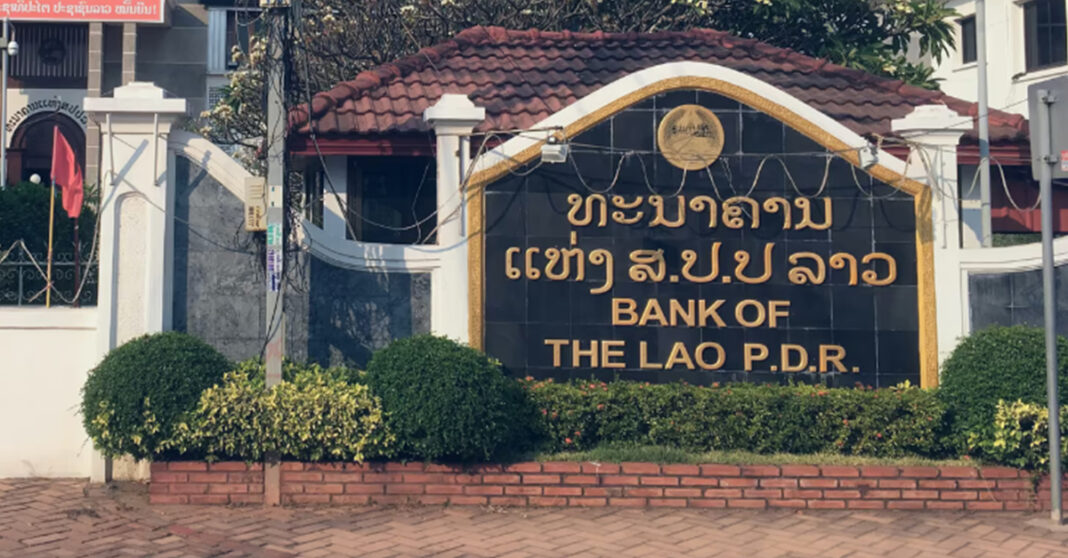The Bank of the Lao PDR (BOL) is intensifying efforts to tackle corruption and internal mismanagement after inspection teams uncovered 181 cases of embezzlement and misappropriation between 2021 and 2025, resulting in losses of LAK 66.86 billion (USD 3 million).
Alarmingly, only 22.96 percent of these funds have been recovered, highlighting ongoing challenges in recovering misappropriated money and strengthening oversight within the banking system.
Governor Bounkham Vorachit reported the findings at the 10th Ordinary Session of the 9th National Assembly on 17 November, highlighting that these irregularities have persisted despite ongoing efforts to strengthen oversight in commercial banks.
While the exact methods and details of the embezzlement remain undisclosed, the scale of the losses has raised serious concerns about staff ethics and internal control systems.
Weak Controls, Disciplinary Actions
Bounkham attributed the widespread irregularities to weak staff ethics and poor internal controls.
Over the past four years, banks have imposed disciplinary measures on employees involved in violations: 311 staff received Level I, 232 received Level II, 31 received Level III, and 46 received Level IV sanctions. Banks have been instructed to enhance staff training, tighten internal procedures, and strengthen risk management systems to prevent future losses.
The central bank also flagged challenges arising from loan guarantees extended to companies managing national priority projects. Many of these firms have failed to meet repayment obligations, forcing BOL, as guarantor, to cover loan interest.
While debt recovery has improved, it remains below target, leaving the banking system exposed to potential risks.
Ongoing Procurement, Lending Concerns
Unlawful procurement of equipment and vehicles continues to be an issue, despite stricter rules and the creation of a procurement committee in 2024.
Violations were recorded at the BOL branch in Oudomxay and the Agricultural Promotion Bank, with both agencies now required to submit corrective action plans.
Loan approvals exceeding tier-one capital limits also remain a problem. Regulations stipulate that lending to single clients must not exceed 25 percent of tier-one capital, and lending to related parties must stay below 50 percent.
However, large-scale national projects often require financing beyond these limits. The central bank has occasionally approved exceptions after assessing the project’s importance and the bank’s financial capacity.
Bounkham warned that some banks continue to take penalties lightly, as profits from large loans often outweigh fines.
To address this, the BOL now mandates that banks exceeding lending limits prepare capital increase plans and improve their financial position.



